Table of Contents
ToggleThe US government is not without its complexities, and to understand the US central government, you need to understand its definition.
What Is a Central Government?
According to the Cambridge dictionary, the central government definition is
“national government from a single important city rather than local government.“
Inherent to the name of the United States is that it is a federal government made of separate, semi-autonomous states with independent legislatures and constitutions.
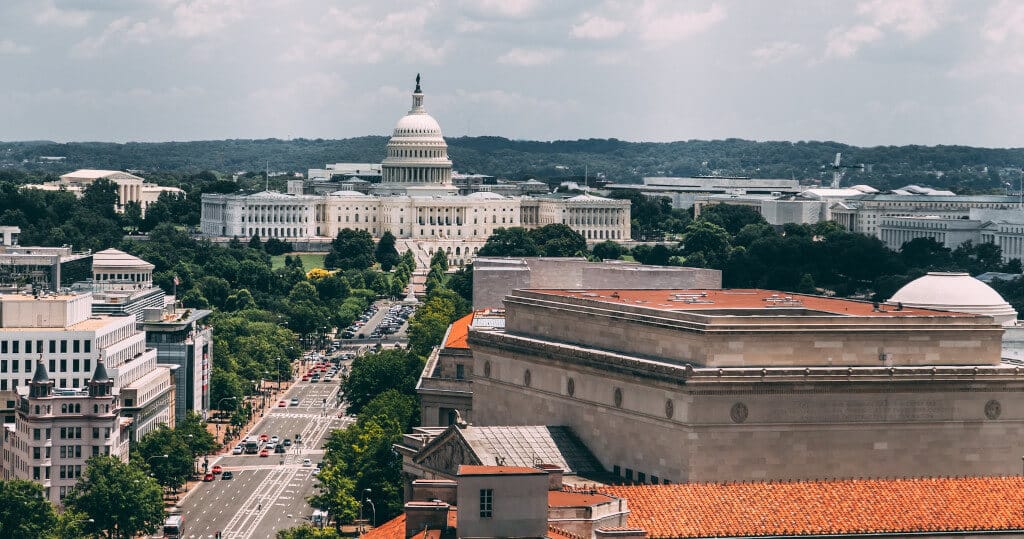
However, all these states are overseen by a federal government, backed by a constitution.
Also, each of these states holds elections to select representatives to serve in the various chambers of the federal legislature. Therefore, the US is more of a constitutional, federal republic.
This is different from a straight democracy, as, in a democracy, voters directly choose the laws and protocols by a majority vote.

In the United States, citizens at the federal level can only select representatives. In-state elections, propositions, and referenda allow more direct legislative powers to individual voters.
United States Constitution
Although the US government continues various governing traditions, such as the Roman Senate, Greek democracy, or even the English Magna Carta, the United States Constitution is unique in its purpose and structure.

The United States Constitution provides three primary objectives for the national government.
First, it divides the government’s obligations between the legislative (law-making), executive (law-approving), and judicial (law-regulating) branches with various checks and balances between these branches to ensure an even and fair distribution of power.
Second, the constitution delineates the federal government’s primary functions and the state government’s responsibilities.
The last objective is to indicate the rights of individual citizens, with the Bill of Rights being the most famous section in the current constitution that defends individual liberty.
What Is a Legislative Branch?
The legislative branch, composed of the US House of Representatives and the Senate, is instituted based on Article I of the United States Constitution. They are collectively known as Congress.

The House of Representatives is composed of elected officials who serve 2-year terms. The number of positions is based on the population of the individually-represented states.

Get Smarter on US News, History, and the Constitution
Join the thousands of fellow patriots who rely on our 5-minute newsletter to stay informed on the key events and trends that shaped our nation's past and continue to shape its present.
The Senate is composed of elected officials, two from each state, who serve 6-year terms.
The bulk of the responsibilities of the legislative branch is to draft federal laws.
However, as per the checks and balances incorporated into the central government, the legislative branch also has the power to create regulatory committees to provide oversight into the different agencies within the federal government, vote for war, and impeach the President.
What Is an Executive Branch?
As per Article 2 of the Constitution, the executive branch oversees the whole federal government.
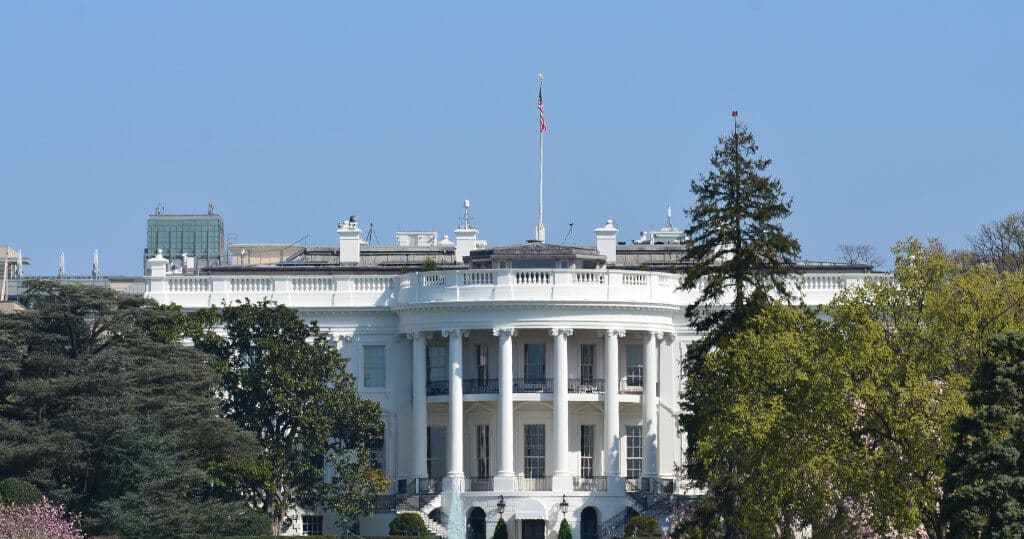
They approve the laws created by Congress through the veto process. Laws that the President does not approve are denied being ratified as law.
The executive branch is headed by the President, federally elected by American citizens for a 4-year term. Next comes the Vice President, chosen by the President and the designated alternate if something happens to the President.
The President appoints Cabinet members to oversee the various government agencies and departments, such as the Department of Defense, the Department of Agriculture, and the Department of Education.
Likewise, the President is the Commander-in-Chief of the United States military and oversees all military functions. For example, he can declare war (with congressional approval).
The President also has various executive powers to create different orders and regulations independent of federal law. However, these regulations need approval and can be overturned by the Supreme Court.
What Is the Judicial Branch?
The Supreme Court is the venue that represents the judicial branch of the US government, as designated by Article III of the United States Constitution.

Nine Supreme Court justices receive life appointments, pending retirement, and are chosen by the executive branch but require approval from the legislative branch.
The Supreme Court exists to determine the constitutionality of the various laws approved by the legislative branch and can deem laws unconstitutional, effectively nullifying these laws.
The disputes that the Supreme Court hears are often issues between states or individuals and states. However, the judicial branch does provide legal oversight regarding federal and diplomatic matters.
A case must pass through the lower district courts to reach the Supreme Court.
Suppose a case has managed to continue without a settlement or a decision. In that case, it will then be subject to the oversight of the judicial branch to receive a legal opinion or be subject to a hearing.
Power of the Individual States
The power allotted to the respective states is unique to the republican style of government in the United States.
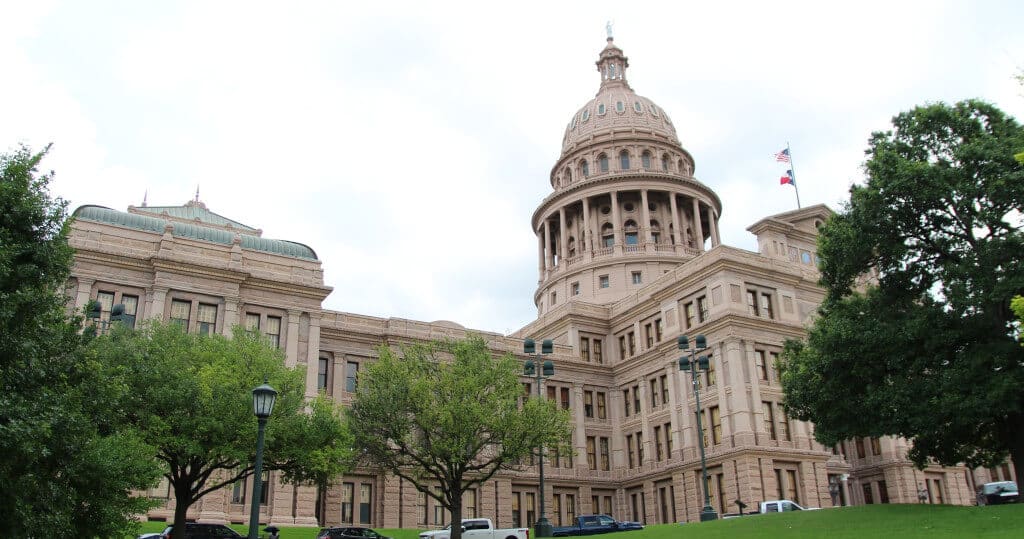
Various sections of the US Constitution, including sections 8 and 9 in Article I, indicate more about what states cannot do than what they can.
For example, states are prohibited from coining their own money, declaring war, negotiating treaties with foreign countries, or violating US citizens’ federal rights.
The 10th Amendment clarifies that any laws not explicitly stipulated by The Constitution are at the discretion of individual states.
Thus, beyond federal taxes, voting requirements, and military endeavors, states are free to draft their constitutions concerning self-governance, hence the respective constitutions, legislatures, taxes, and laws respective to each state.
The framers of the US Constitution continue to be revered for their foresight concerning the functioning of the American government for the constitution’s division of powers, the balance of powers, and the scope of powers.
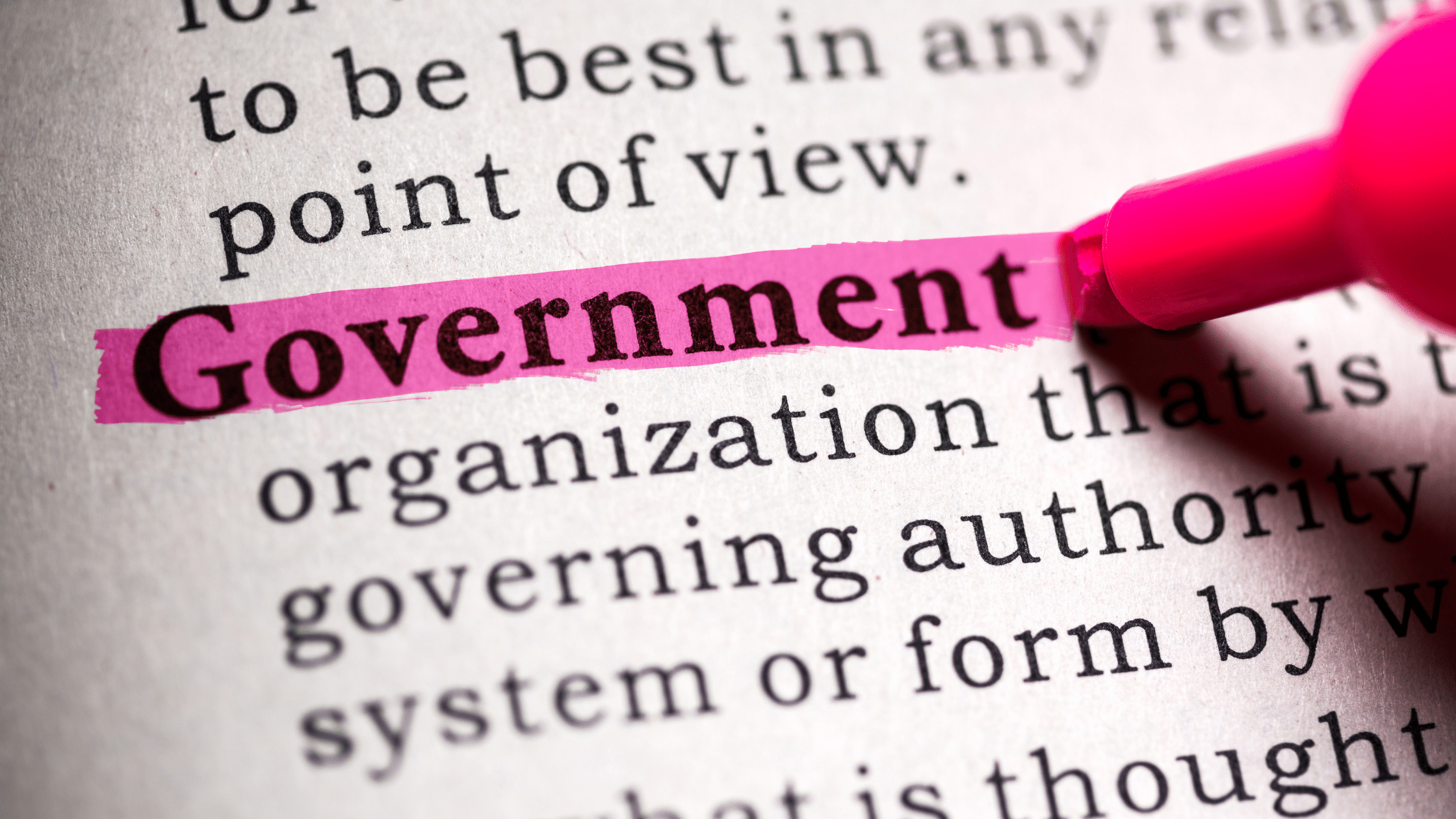
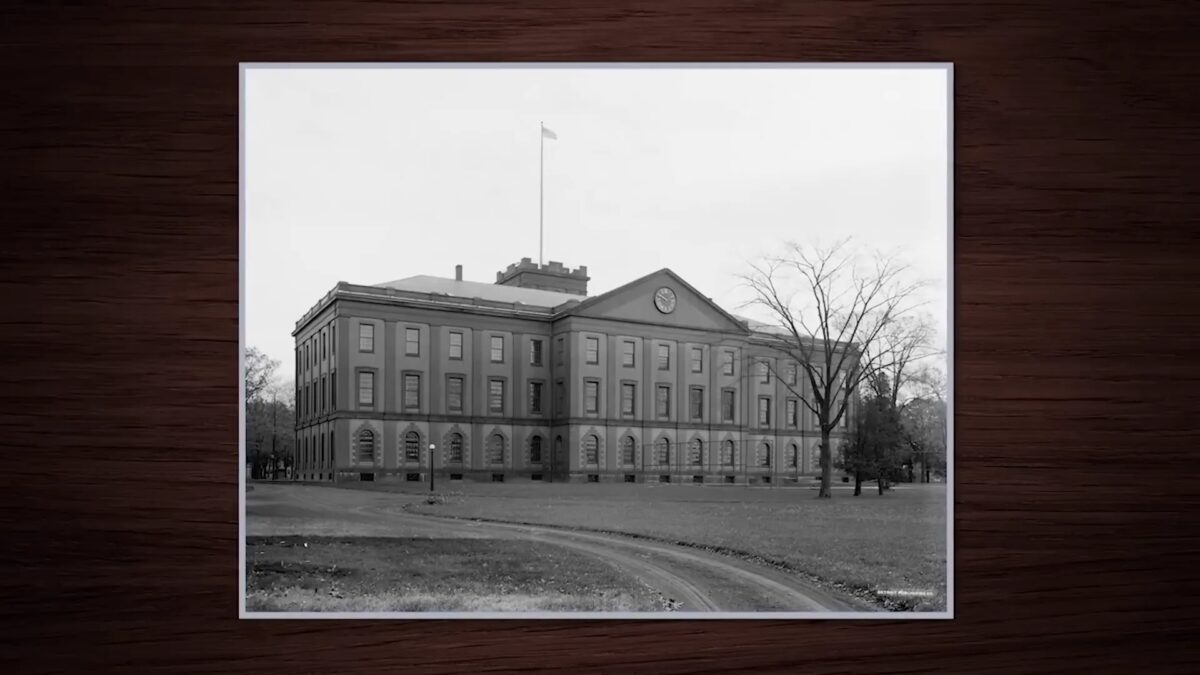

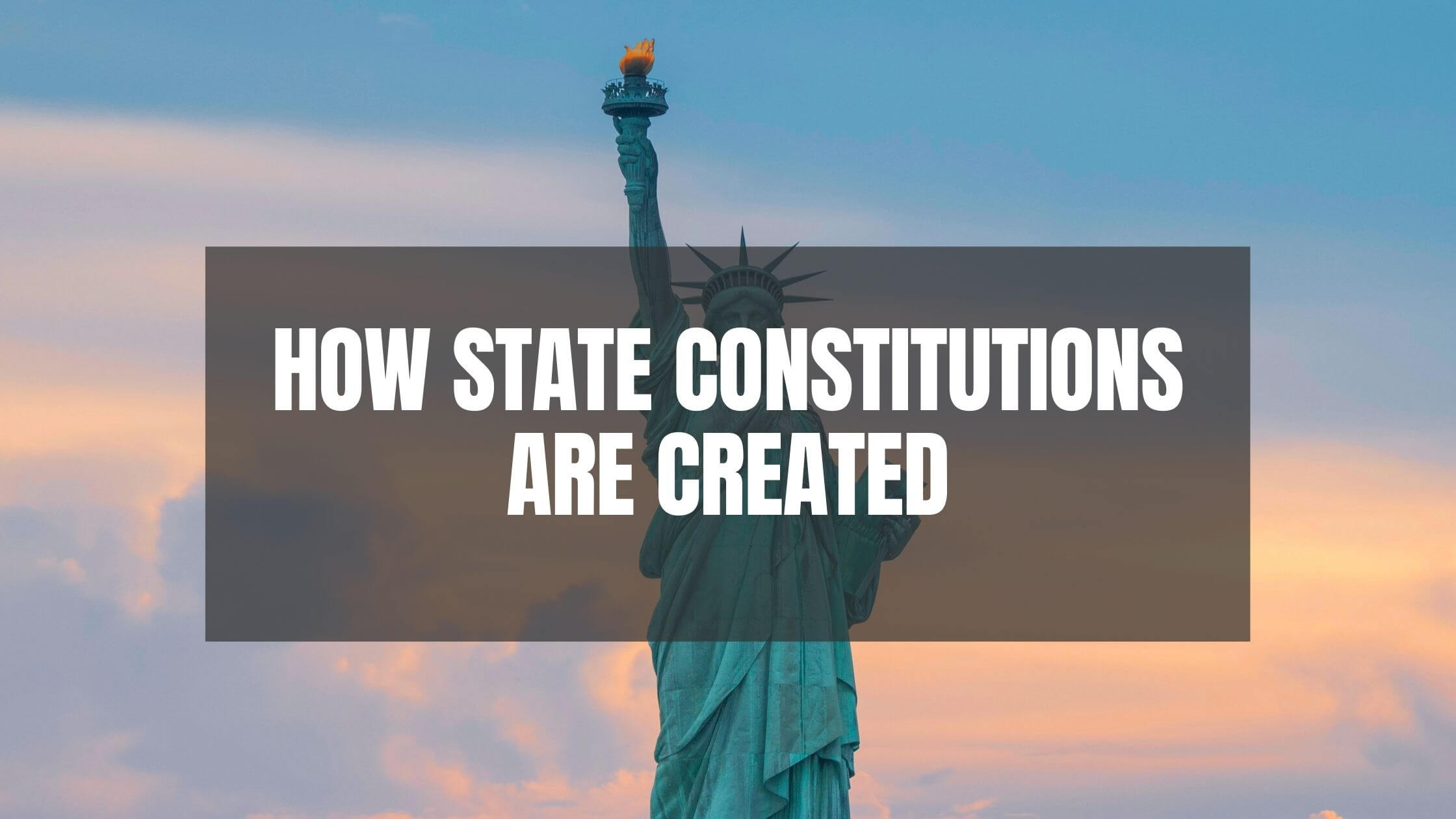








One Response
I do appreciate the short lesson on our U.S. Constitution but there are a couple of things that I disagree with: First the writer called the House of Representatives “the congress”. The Congress includes both the House of Representatives and Senate. Second the sole duty of the U.S. Supreme court is to act in good behaviour and interpret the U.S. Constitution, which includes Amendments as our Founders intended…